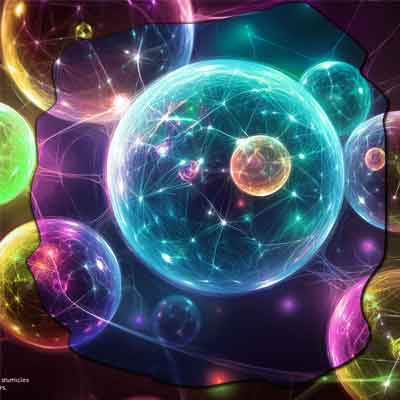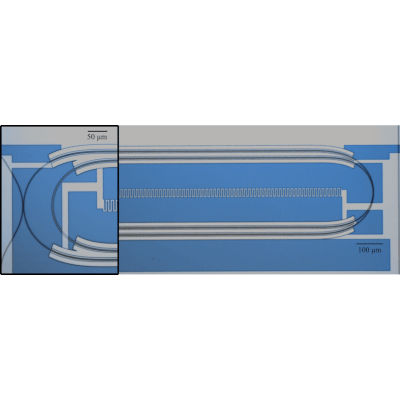Discovering new quantum states
Apr. 22, 2025.
2 mins. read.
2 Interactions
Scientists uncover many new quantum states in twisted molybdenum ditelluride, potentially advancing topological quantum computers.
Electrons interacting in materials create strange quantum states. Researchers found over a dozen new states.
These states could help build topological quantum computers. Topological quantum computers use special quantum properties. They resist errors better than current quantum computers. Current quantum computers use superconducting materials. Superconducting materials fail near magnets. The new states avoid this issue. They form without external magnets. The researchers used a material, twisted molybdenum ditelluride, with unique properties.
The study builds on the Hall effect. The Hall effect shows electrons shifting in a metal under a magnetic field. This creates voltage differences. At very cold temperatures, quantum mechanics changes this. Voltage jumps in steps, not smoothly. This is the quantum Hall effect. Electrons form particles with fractional charges, like -½ or -⅓. This is the fractional quantum Hall effect. Horst Stormer, Daniel Tsui and Robert Laughlin won a Nobel Prize for this discovery. Scientists have searched for this effect in many materials. In 2023, they found a magnet-free version in twisted molybdenum ditelluride. This is the fractional quantum anomalous Hall effect.
Exploring moiré materials
The new states come from moiré materials. Moiré materials are thin layers of atoms twisted slightly. Twisting creates a honeycomb pattern. This pattern gives special properties. In molybdenum ditelluride, twisting makes electrons form fractional charges. It also creates an internal magnetic field. No external magnet is needed. The researchers tested a sample using pump-probe spectroscopy. Pump-probe spectroscopy uses laser pulses to study materials. One pulse disrupts quantum states. Another detects changes. This method found many fractional charges. Some charges could support non-Abelian anyons. Non-Abelian anyons are key for topological quantum computers. The technique also tracks how states change over time. The researchers hope others use this method. They may lead to new quantum technologies.
The researchers have described the methods and results of this study in a paper published in Nature.
Let us know your thoughts! Sign up for a Mindplex account now, join our Telegram, or follow us on Twitter.


.png)

.png)


.png)





0 Comments
0 thoughts on “Discovering new quantum states”